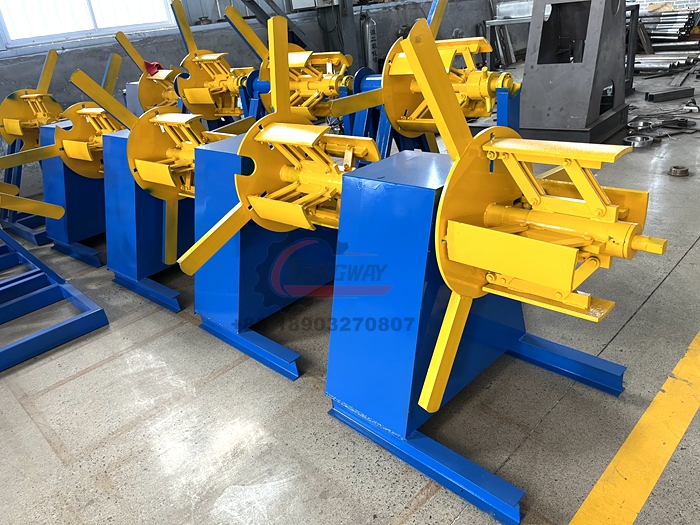Top Hat Roll Forming Equipment for Efficient Sheet Metal Fabrication Solutions
The Top Hat Roll Forming Machine An Overview
In the fast-evolving world of manufacturing, efficiency and precision are paramount. One of the most innovative solutions that have emerged to meet these demands is the top hat roll forming machine. This specialized equipment is designed to produce top hat profiles—a distinctive shape widely used in various industries, including construction, automotive, and machinery manufacturing. In this article, we will explore the functionalities, benefits, and applications of top hat roll forming machines, shedding light on why they are essential in modern manufacturing processes.
Understanding Roll Forming Technology
Roll forming is a continuous bending process in which a long strip of sheet metal, usually coiled steel or aluminum, is gradually shaped into a specific profile. The raw material is fed through a series of rollers that incrementally bend the material until the desired profile is achieved. This process is particularly effective for producing long lengths of uniform sections, making it an ideal choice for creating top hat profiles.
The top hat profile itself is characterized by two parallel flanges connected by a web, resembling the shape of a traditional top hat. This unique geometry provides excellent structural integrity, making it suitable for various applications, such as purlins, wall and roof supports, and framing components.
The Advantages of Top Hat Roll Forming Machines
One of the primary advantages of using a top hat roll forming machine is its ability to produce high-quality profiles with exceptional precision. The continuous process minimizes material waste, significantly reducing manufacturing costs while maintaining tight tolerances. Furthermore, roll forming allows for high-speed production, making it possible to meet the demands of large-scale projects efficiently.
Another significant benefit of these machines is their versatility. Top hat roll forming machines can be configured for various specifications, accommodating different material thicknesses, widths, and shapes. This adaptability enables manufacturers to tailor production to specific project requirements without the need for extensive retooling or downtime.
top hat roll forming machine

Additionally, the durability and strength of the top hat profiles produced by these machines are noteworthy. The rigid construction provided by the design is ideal for applications that require resilience against bending or deformation, ensuring that the final product can withstand the rigors of its intended use.
Applications of Top Hat Profiles
The applications of top hat profiles are expansive, spanning multiple sectors. In the construction industry, top hat sections are frequently used as structural components for buildings. Their strength allows for the effective support of roofs and walls, while their lightweight nature reduces overall construction costs.
In the automotive sector, top hat profiles are employed in the manufacture of frames and supports. The corrosion resistance of materials used in the roll forming process also ensures longevity, making these components enduring in harsh environments.
Moreover, industries such as telecommunications utilize top hat profiles for mounting equipment, providing a sturdy base that can withstand external pressures while facilitating easy access for maintenance.
Conclusion
In conclusion, the top hat roll forming machine represents a pivotal advancement in manufacturing technology. With its capability to produce high-quality, precision-engineered components quickly and efficiently, it meets the diverse demands of modern industries. The ability to customize profiles and minimize material waste further enhances its appeal, making it an essential tool for manufacturers aiming to stay competitive in a rapidly changing market. As we continue to embrace innovation, the role of top hat roll forming machines is likely to expand, contributing to the development of stronger, more resilient structures across various sectors. With these machines at the forefront, the future of roll forming technology looks promising, paving the way for a more sustainable and efficient manufacturing landscape.
-
Roof Panel Machines: Buying Guide, Types, and PricingNewsJul.04, 2025
-
Purlin Machines: Types, Features, and Pricing GuideNewsJul.04, 2025
-
Metal Embossing Machines: Types, Applications, and Buying GuideNewsJul.04, 2025
-
Gutter Machines: Features, Types, and Cost BreakdownNewsJul.04, 2025
-
Cut to Length Line: Overview, Equipment, and Buying GuideNewsJul.04, 2025
-
Auto Stacker: Features, Applications, and Cost BreakdownNewsJul.04, 2025
-
Top Drywall Profile Machine Models for SaleNewsJun.05, 2025








